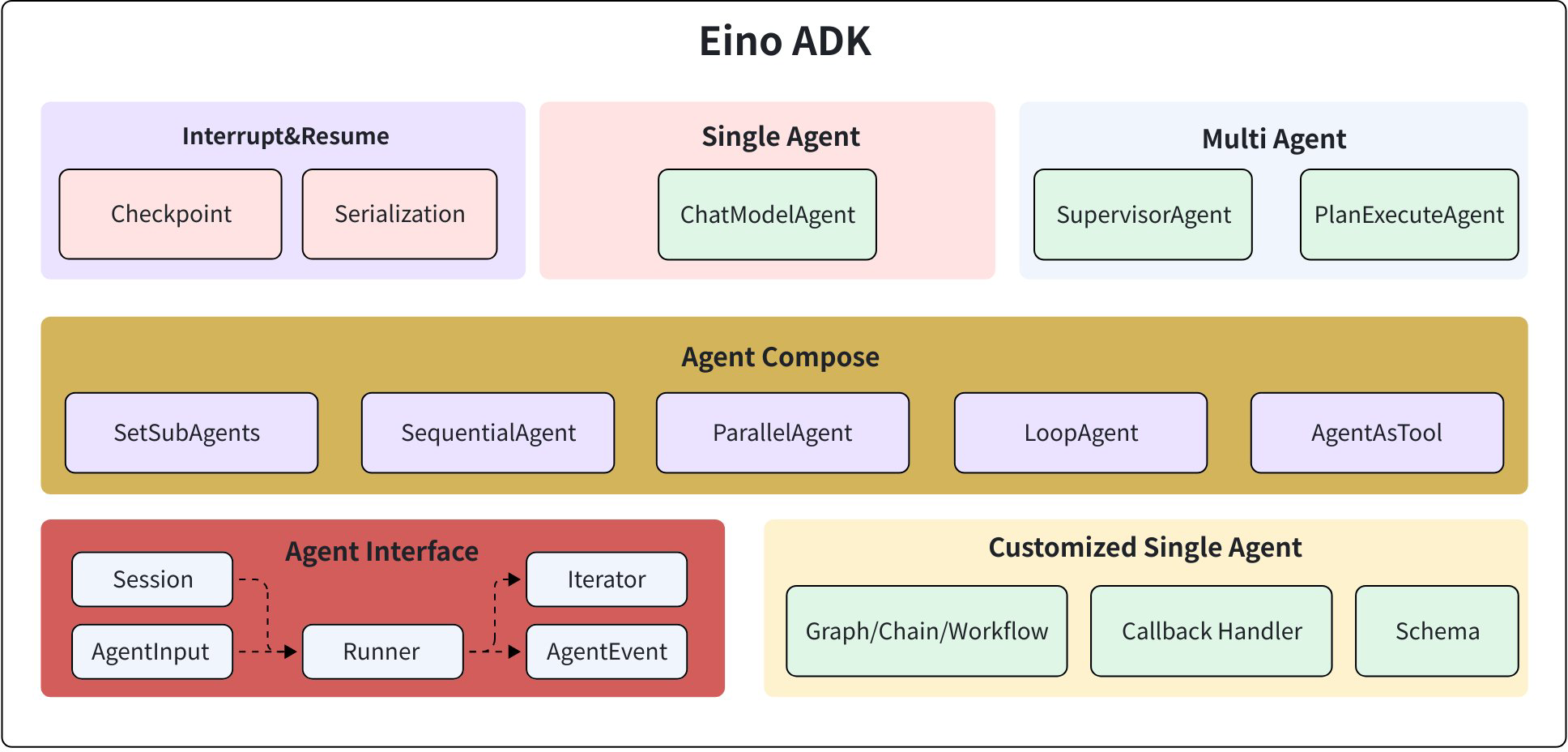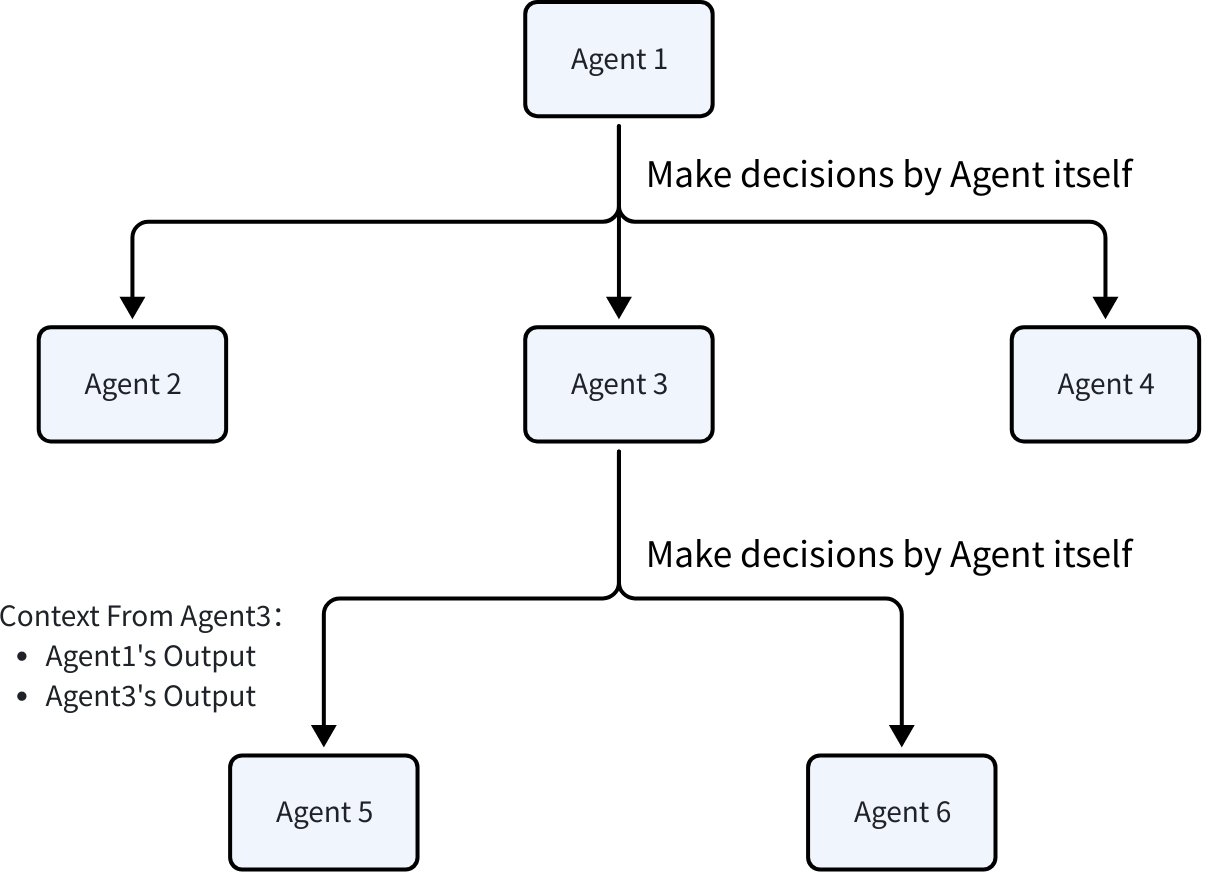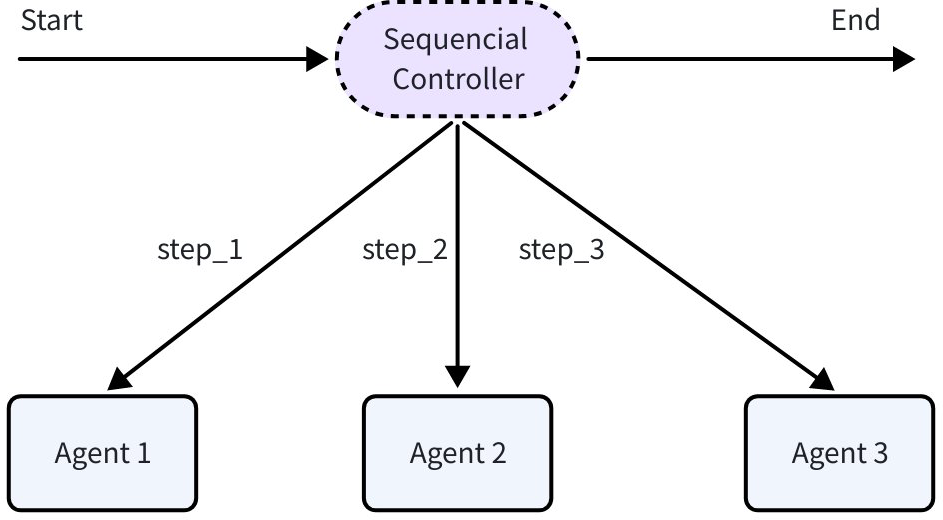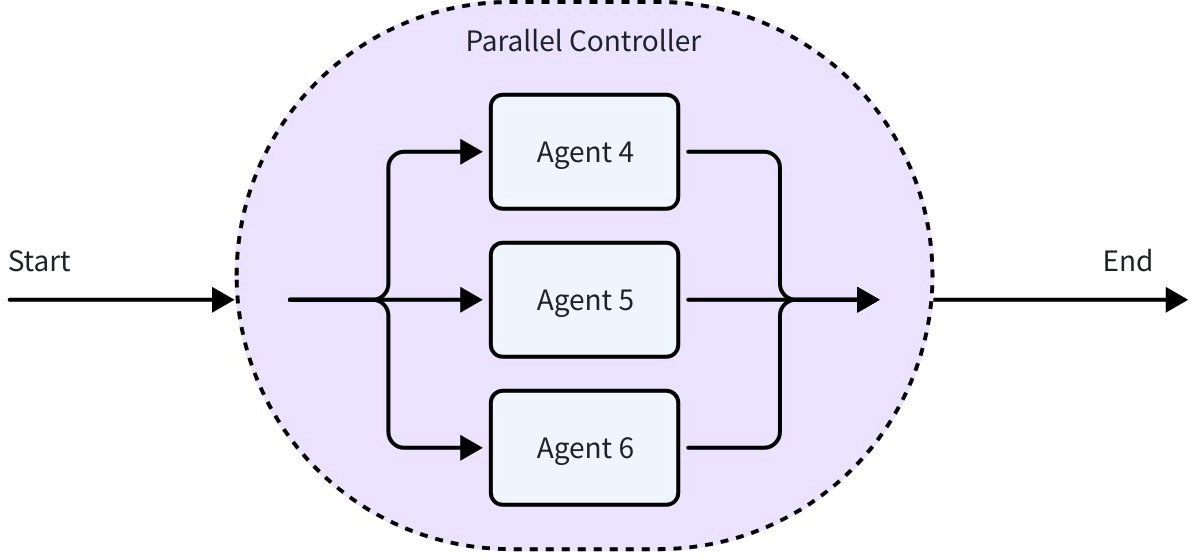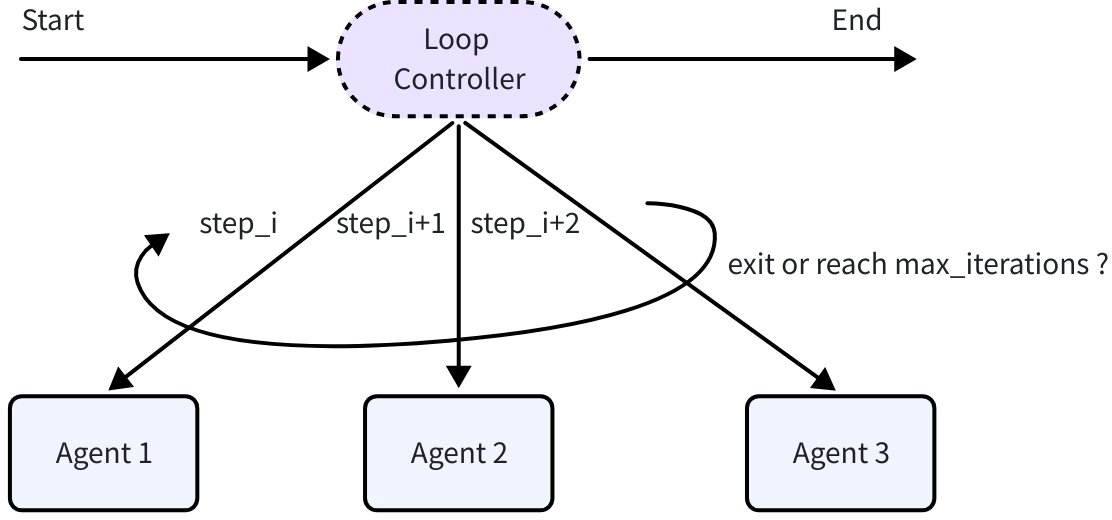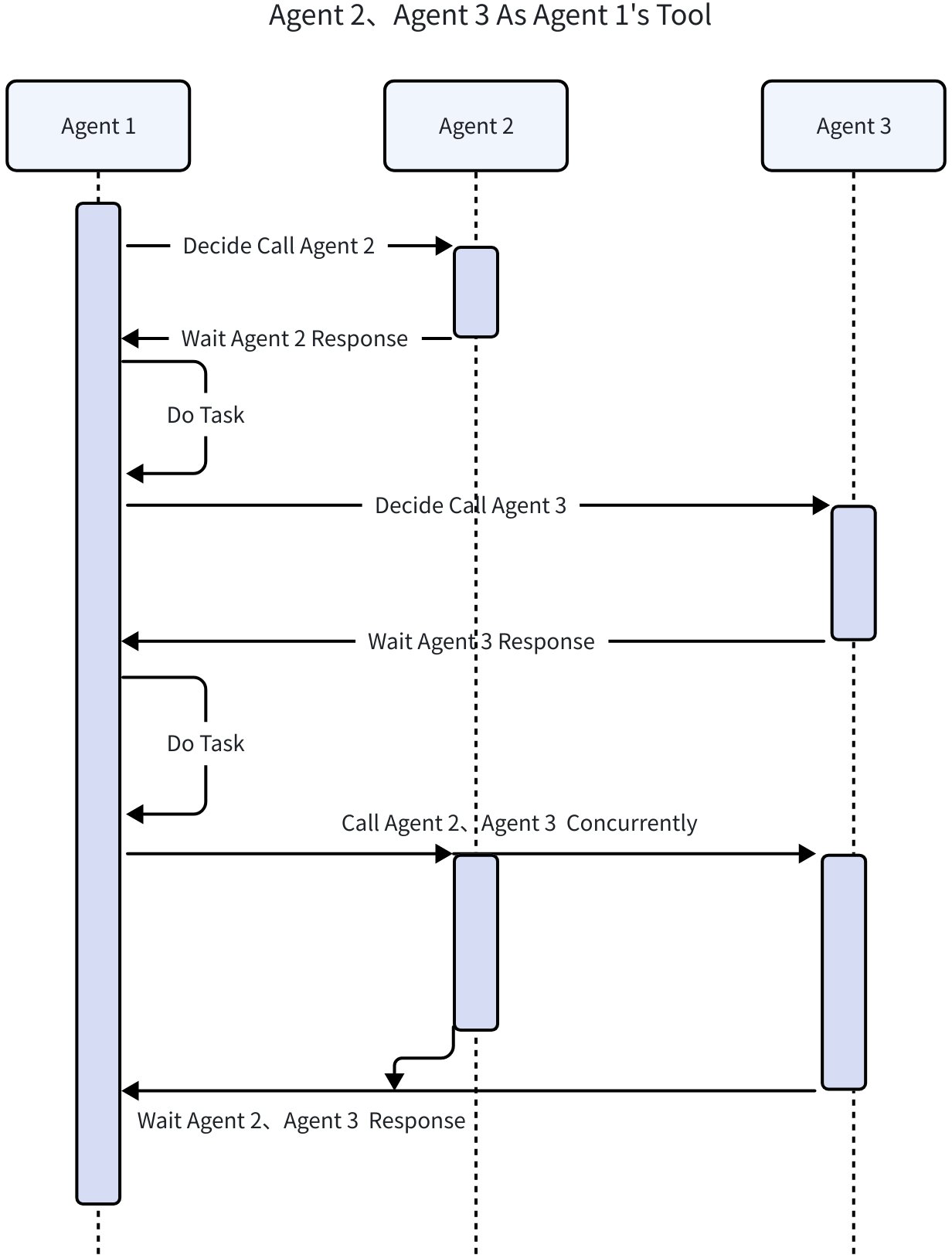Eino ADK: 概述
什么是 Eino ADK?
Eino ADK 参考 Google-ADK 的设计,提供了 Go 语言 的 Agents 开发的灵活组合框架,即 Agent、Multi-Agent 开发框架。Eino ADK 为多 Agent 交互时,沉淀了通用的 上下文传递、事件流分发和转换、任务控制权转让、中断与恢复、通用切面等能力。 适用场景广泛、模型无关、部署无关,让 Agent、Multi-Agent 开发更加简单、便利,并提供完善的生产级应用的治理能力。
Eino ADK 旨在帮助开发者开发、管理 Agent 应用。提供灵活且鲁棒的开发环境,助力开发者搭建 对话智能体、非对话智能体、复杂任务、工作流等多种多样的 Agent 应用。
ADK 框架
Eino ADK 的整体模块构成,如下图所示:
Agent Interface
Eino ADK 的核心是 Agent 抽象(Agent Interface),ADK 的所有功能设计均围绕 Agent 抽象展开。详解请见 Eino ADK: Agent 抽象
type Agent interface {
Name(ctx context.Context) string
Description(ctx context.Context) string
// Run runs the agent.
// The returned AgentEvent within the AsyncIterator must be safe to modify.
// If the returned AgentEvent within the AsyncIterator contains MessageStream,
// the MessageStream MUST be exclusive and safe to be received directly.
// NOTE: it's recommended to use SetAutomaticClose() on the MessageStream of AgentEvents emitted by AsyncIterator,
// so that even the events are not processed, the MessageStream can still be closed.
Run(ctx context.Context, input *AgentInput, options ...AgentRunOption) *AsyncIterator[*AgentEvent]
}
Agent.Run 的定义为:
- 从入参 AgentInput、AgentRunOption 和可选的 Context Session 中获取任务详情及相关数据
- 执行任务,并将执行过程、执行结果写入到 AgentEvent Iterator
Agent.Run 要求 Agent 的实现以 Future 模式异步执行,核心分成三步,具体可参考 ChatModelAgent 中 Run 方法的实现:
- 创建一对 Iterator、Generator
- 启动 Agent 的异步任务,并传入 Generator,处理 AgentInput。Agent 在这个异步任务执行核心逻辑(例如 ChatModelAgent 调用 LLM),并在产生新的事件时写入到 Generator 中,供 Agent 调用方在 Iterator 中消费
- 启动 2 中的任务后立即返回 Iterator
多 Agent 协作
围绕 Agent 抽象,Eino ADK 提供多种简单易用、场景丰富的组合原语,可支撑开发丰富多样的 Multi-Agent 协同策略,比如 Supervisor、Plan-Execute、Group-Chat 等 Multi-Agent 场景。从而实现不同的 Agent 分工合作模式,处理更复杂的任务。详解请见 Eino ADK: Agent 协作
Eino ADK 定义的 Agent 协作过程中的协作原语如下:
- Agent 间协作方式
| 协助方式 | 描述 |
| Transfer | 直接将任务转让给另外一个 Agent,本 Agent 则执行结束后退出,不关心转让 Agent 的任务执行状态 |
| ToolCall(AgentAsTool) | 将 Agent 当成 ToolCall 调用,等待 Agent 的响应,并可获取被调用Agent 的输出结果,进行下一轮处理 |
- AgentInput 的上下文策略
| 上下文策略 | 描述 |
| 上游 Agent 全对话 | 获取本 Agent 的上游 Agent 的完整对话记录 |
| 全新任务描述 | 忽略掉上游 Agent 的完整对话记录,给出一个全新的任务总结,作为子 Agent 的 AgentInput 输入 |
- 决策自主性
| 决策自主性 | 描述 |
| 自主决策 | 在 Agent 内部,基于其可选的下游 Agent, 如需协助时,自主选择下游 Agent 进行协助。 一般来说,Agent 内部是基于 LLM 进行决策,不过即使是基于预设逻辑进行选择,从 Agent 外部看依然视为自主决策 |
| 预设决策 | 事先预设好一个Agent 执行任务后的下一个 Agent。 Agent 的执行顺序是事先确定、可预测的 |
围绕协作原语,Eino ADK 提供了如下的几种 Agent 组合原语:
ChatModelAgent
ChatModelAgent 是 Eino ADK 对 Agent 的关键实现,它封装了与大语言模型的交互逻辑,实现了 ReAct 范式的 Agent,基于 Eino 中的 Graph 编排出 ReAct Agent 控制流,通过 callbacks.Handler 导出 ReAct Agent 运行过程中产生的事件,转换成 AgentEvent 返回。
想要进一步了解 ChatModelAgent,请见:Eino ADK: ChatModelAgent
type ChatModelAgentConfig struct {
// Name of the agent. Better be unique across all agents.
Name string
// Description of the agent's capabilities.
// Helps other agents determine whether to transfer tasks to this agent.
Description string
// Instruction used as the system prompt for this agent.
// Optional. If empty, no system prompt will be used.
// Supports f-string placeholders for session values in default GenModelInput, for example:
// "You are a helpful assistant. The current time is {Time}. The current user is {User}."
// These placeholders will be replaced with session values for "Time" and "User".
Instruction string
Model model.ToolCallingChatModel
ToolsConfig ToolsConfig
// GenModelInput transforms instructions and input messages into the model's input format.
// Optional. Defaults to defaultGenModelInput which combines instruction and messages.
GenModelInput GenModelInput
// Exit defines the tool used to terminate the agent process.
// Optional. If nil, no Exit Action will be generated.
// You can use the provided 'ExitTool' implementation directly.
Exit tool.BaseTool
// OutputKey stores the agent's response in the session.
// Optional. When set, stores output via AddSessionValue(ctx, outputKey, msg.Content).
OutputKey string
// MaxIterations defines the upper limit of ChatModel generation cycles.
// The agent will terminate with an error if this limit is exceeded.
// Optional. Defaults to 20.
MaxIterations int
}
func NewChatModelAgent(_ context.Context, config *ChatModelAgentConfig) (*ChatModelAgent, error) {
// omit code
}
AgentRunner
AgentRunner 是 Agent 的执行器,为 Agent 运行所需要的拓展功能加以支持,详解请见:Eino ADK: Agent 扩展
只有通过 Runner 执行 agent 时,才可以使用 ADK 的如下功能:
- Interrupt & Resume
- 切面机制(当前版本尚未支持)
- Context 环境的预处理
type RunnerConfig struct {
Agent Agent
EnableStreaming bool
CheckPointStore compose.CheckPointStore
}
func NewRunner(_ context.Context, conf RunnerConfig) *Runner {
// omit code
}
